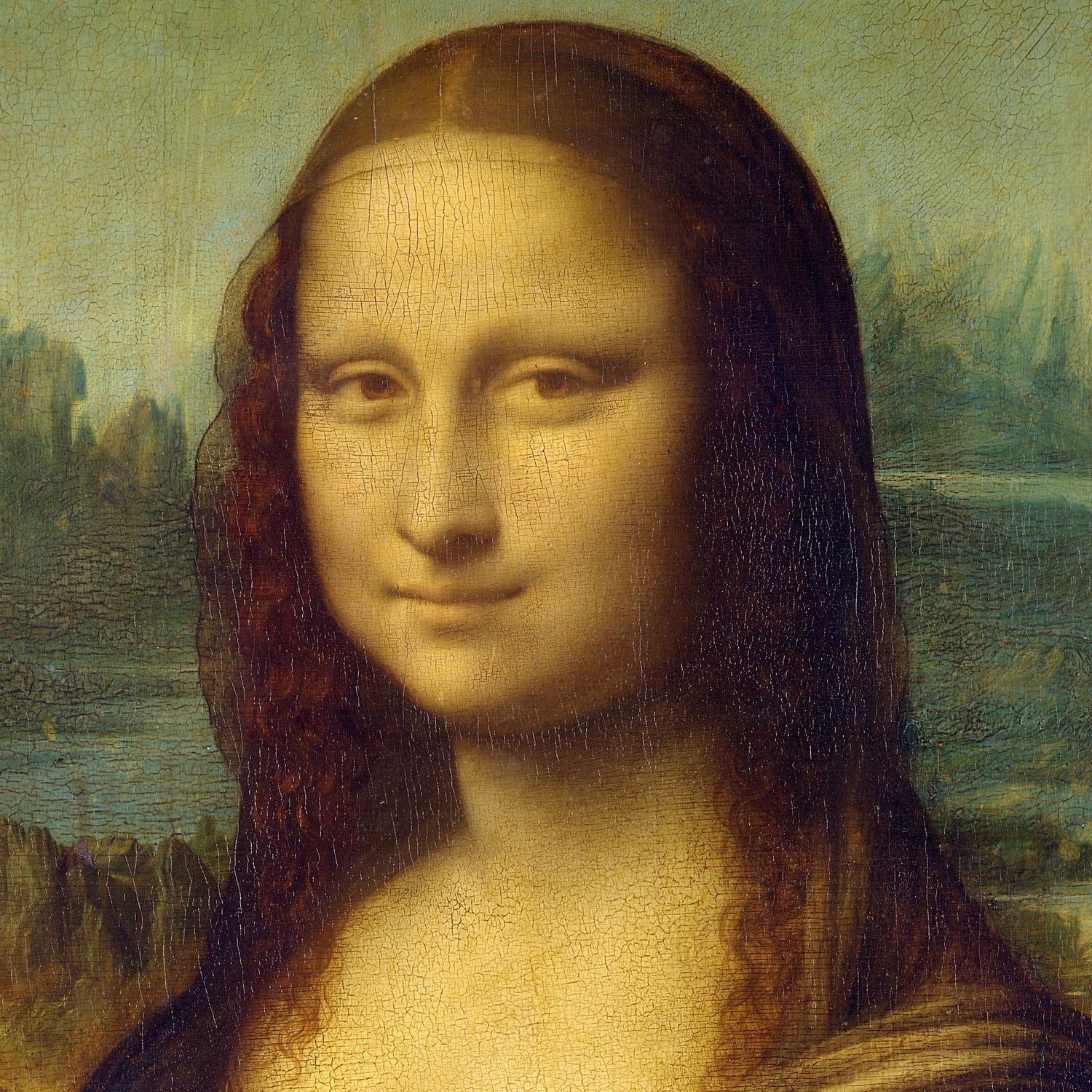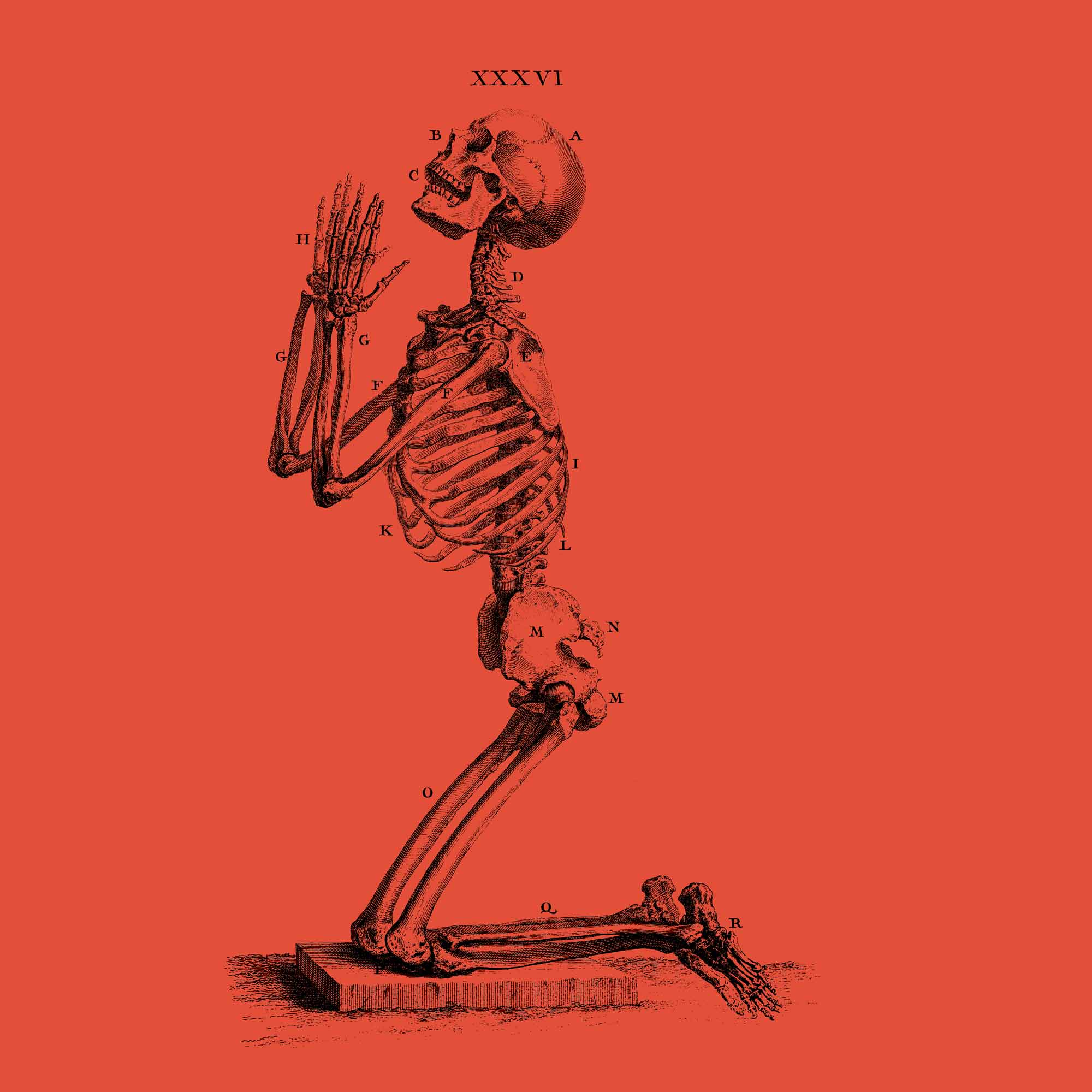Leonardo da Vinci was an Italian Renaissance polymath who is widely considered to be one of the most diversely talented individuals ever to have lived. He was a celebrated painter, sculptor, architect, musician, and engineer who conducted groundbreaking work as a scientist and inventor. Da Vinci made important contributions in a wide range of fields including anatomy, astronomy, botany, cartography, engineering, and optics. He is also credited with the invention of several devices that were centuries ahead of their time, such as the helicopter, armoured fighting vehicle, parachute, and diving suit.
Leonardo da Vinci was a remarkable individual whose genius spanned multiple disciplines. He continues to be revered as one of the most accomplished minds in history. This blog post will focus on three of his works, The Vitruvian Man, the Mona Lisa and The Last Supper.
What Does The Vitruvian Man Teach Us About The Human Body?
The Vitruvian Man is one of the most iconic drawings in history. This pen and ink drawing demonstrates the idealised proportions of the human body according to the principles of the ancient Roman architect Vitruvius.
The Vitruvian Man is an excellent example of how da Vinci's scientific observations about the world around him informed his art. Da Vinci's introduction to anatomy began during his artistic training, and this fascination grew into a separate area of research that spanned over twenty years. The Vitruvian Man was drawn in 1492 and is a study of balance and symmetry.
The Gallerie dell'Accademia (Venice, Italy) owns the drawing; it is rarely exhibited because it is very fragile. The illustration depicts a nude adult man in a circle and square to demonstrate how these ideal proportions correspond with these shapes. The figure has four legs and four arms so that he can express 16 different poses. Da Vinci wrote his notes on the drawing, and we've included a sample for you to try and see if they correspond to you:
The length of the outspread arms equals the height of a man
The hairline to the bottom of the chin is one-tenth the height of a man
The length of the hand is one-tenth the height of a man
Why Is The Mona Lisa So Special?
 The Mona Lisa digitally retouched to reduce marks of aging.
The Mona Lisa digitally retouched to reduce marks of aging.
View the darker unretouched image.
|
The Mona Lisa is one of the world's most famous and valuable paintings, but what makes it special? We think it could be a combination of the painting's technical artistry, romance, and mystery. The Mona Lisa painting utilises Leonardo da Vinci's anatomy knowledge and magnificent artistic skills to create a wonderfully realistic portrait. Using his anatomical understanding, he positioned the torso, head and eyes, so each element is slightly turned, and the eyes finally face the viewer. This position is known as a three-quarter view.
In a departure from the Florentine style of the day, where artists would outline their paintings, da Vinci used an artistic technique called sfumato, which he describes as a blending of colours "without lines or borders, in the manner of smoke." It uses subtle graduation of light and shadow and sometimes similar colours to create an ethereal atmosphere. You'll notice this, particularly around the subject's face - the shadows and highlights are blended carefully, and it has a smooth, almost glowing quality.
The background of the Mona Lisa utilises aerial perspective to create the feeling of distance and depth, the blurred outlines and smaller scale of the landscape contrast the intricate details in the foreground; her curling hair, embroidered dress and textured sleeves.
There are many theories about who the model for the Mona Lisa was, but the most popular belief is that she was Lisa Gherardini. She was born in Florence, Italy, in 1479 and married a merchant named Francesco del Giocondo, who commissioned da Vinci to paint his wife's portrait to celebrate the birth of a child. Other theories speculate that the Mona Lisa is a self-portrait of Leonardo da Vinci or a painting of his mother.
'The Mona Lisa Smile' has become a term for an enigmatic, mysterious expression that inspires endless interpretation. Try looking at the painting and seeing her smile in your peripheral vision; it may be more noticeable than if you stared directly at it. What do you think?
What Is The Symbolism In The Last Supper Painting?
The Last Supper is one of the most analysed and scrutinised works of art, and we're going to take a closer look at this famous painting and reveal some of its secrets hidden in plain sight.
The Last Supper is a huge mural painting created in 1495-98 on a wall of the Santa Maria della Grazie church in Milan, Italy. It illustrates verses from the Bible, including when Jesus tells the Apostles one of them will betray him and then initiates the Eucharist. The painting details the Apostle's reactions, including Judas Iscariot, who was the traitor. The painting is full of symbolism - particularly the image of Judas. Judas Iscariot, Peter, and John form a group of three to the right of Jesus. Judas is shadowed, with dark hair and wearing red, blue, and green. He holds a small bag; this may be the silver he received to betray Jesus. He turns his head away while reaching for the same dish as Jesus, which signifies a thief. He also uses his left hand to do this; at the time (and into modern times), superstitious people thought using the left hand was unnatural and bad luck. He has also knocked over the salt cellar, which could refer to the expression, ''betray the salt'', meaning to betray your master. The mural uses one point perspective to draw the viewer's eye to Christ's turned right cheek and to identify him as the central subject.
Very little of the original painting remains. Accounts at the time state that the humidity, combined with the experimental painting technique da Vinci used, meant that the work had eroded within sixty years and made the figures unrecognisable. The painting has also endured a series of restoration attempts, flooding and bombing during World War Two. However, it is still recognisable today as a compelling study of powerful human emotions.
 The Mona Lisa digitally retouched to reduce marks of aging.
The Mona Lisa digitally retouched to reduce marks of aging. 


 The Last Supper - click for enlarged version
The Last Supper - click for enlarged version

